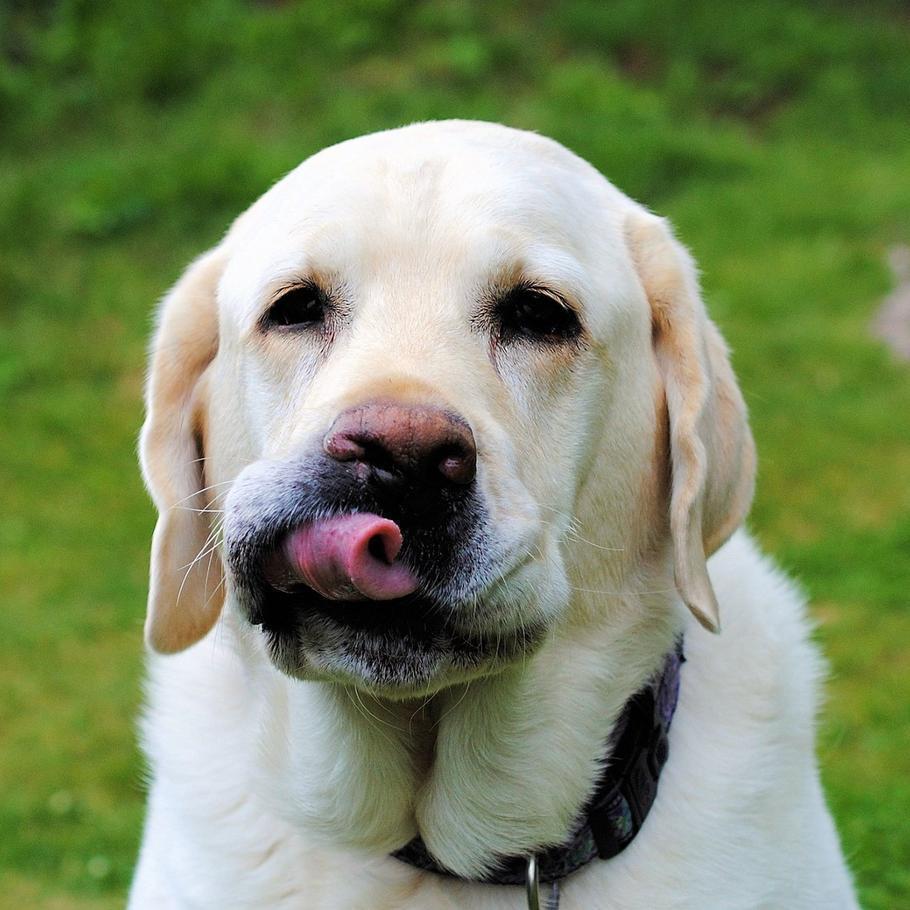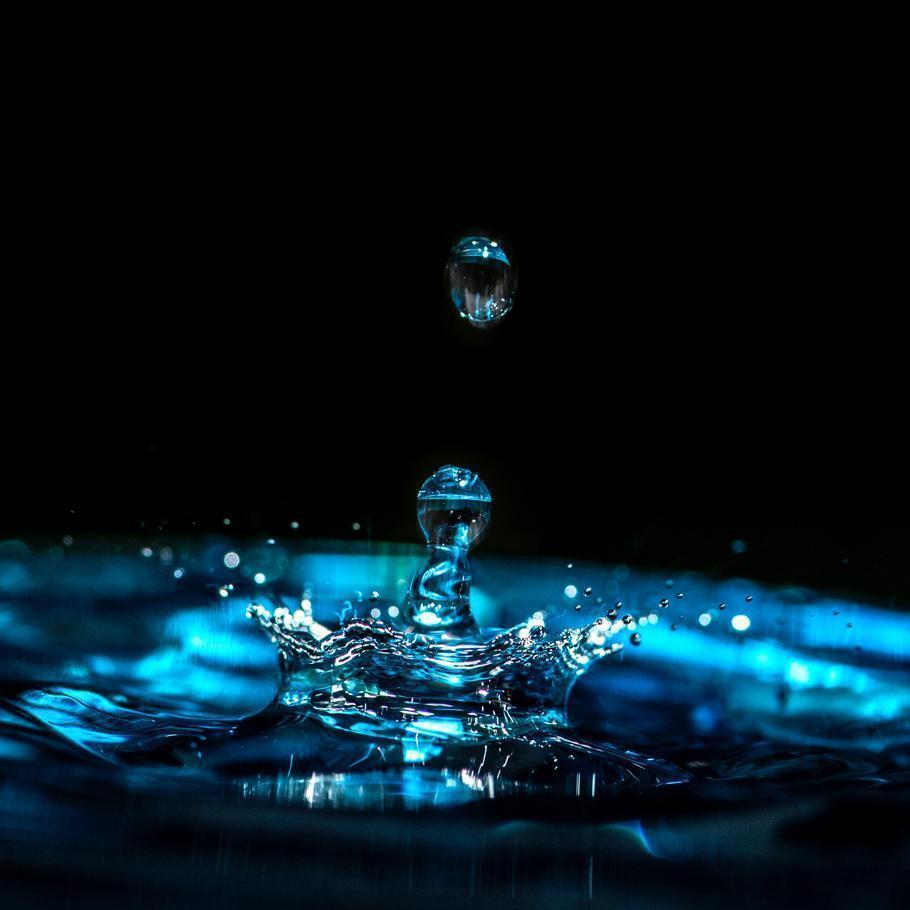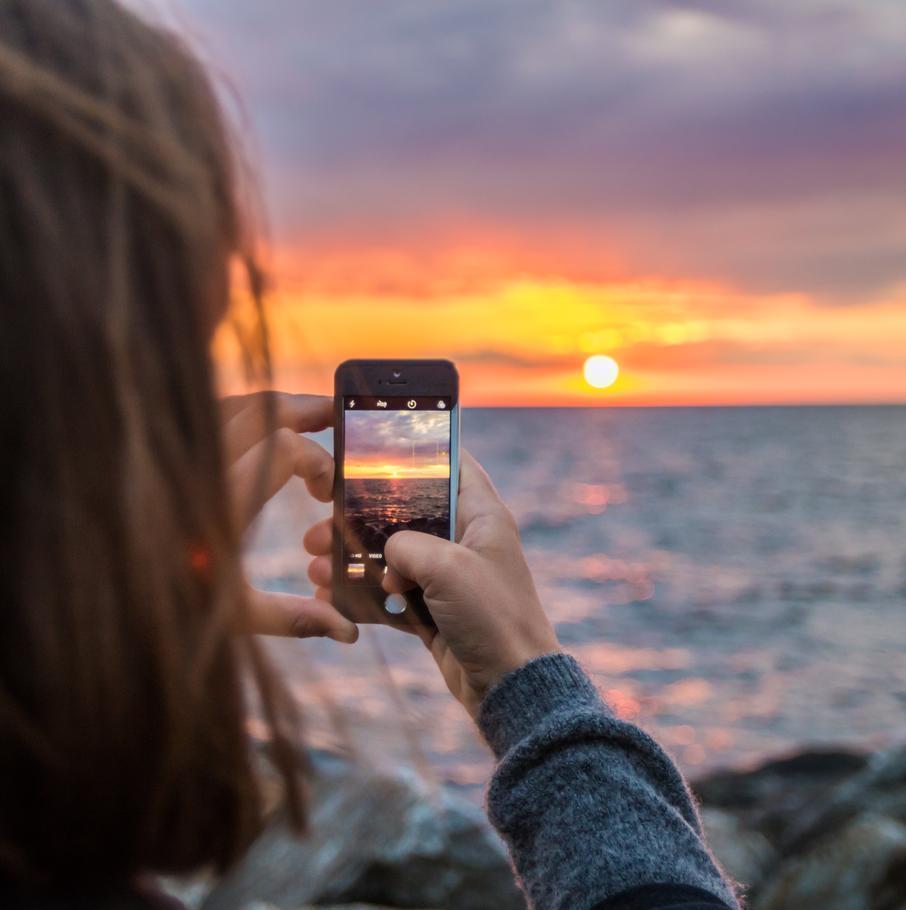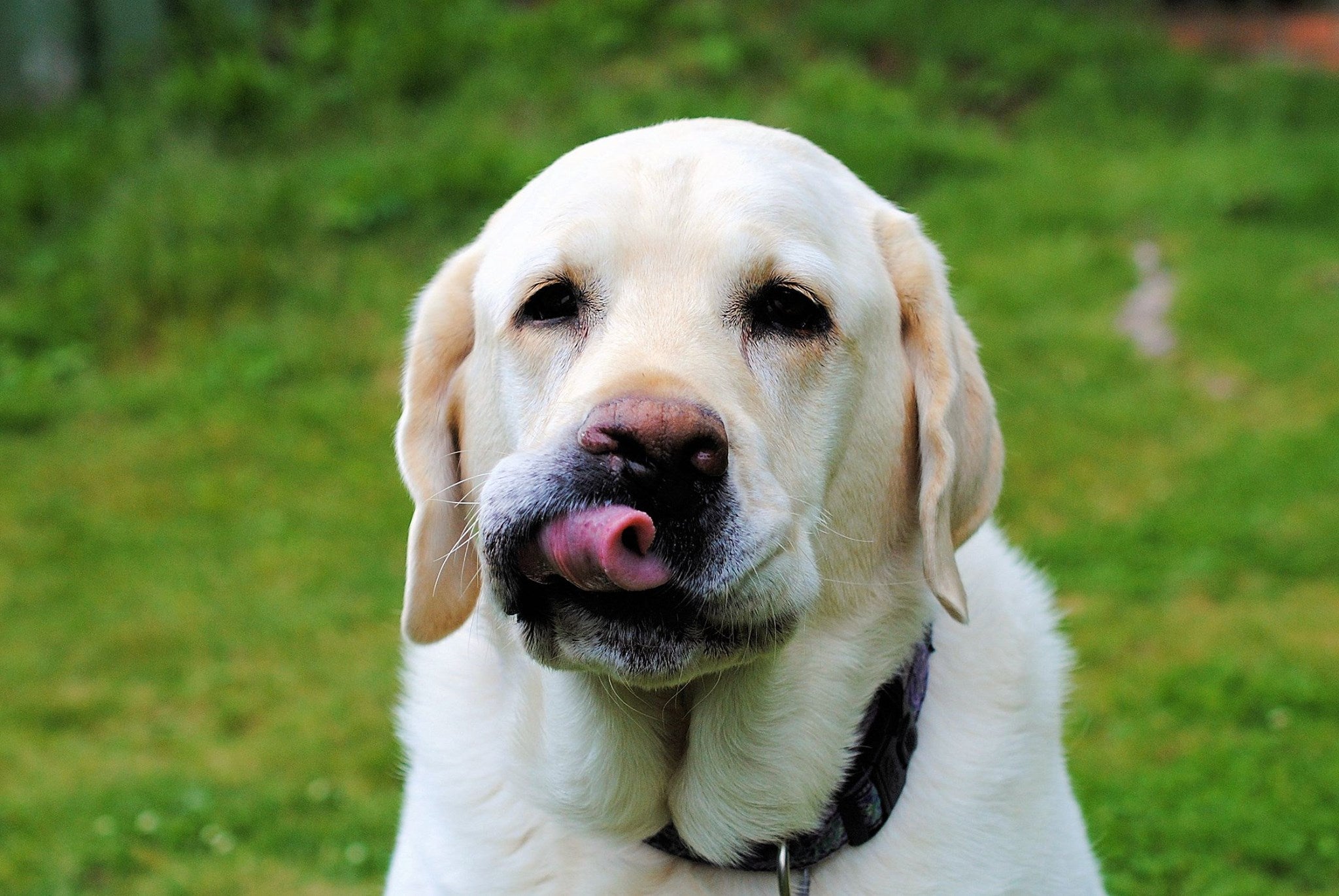
Taking photos of animals can be tricky. Let’s take a look at several photos of animals and discuss what makes them good and where they could be improved upon so you can learn how to take the best animal photos possible.
Animals present us with unlimited photo opportunities. Their quirky and often unpredictable ways make animals the perfect subject to photograph. Unfortunately, these characteristics can also work against us as photographers. What could have been an excellent photo can easily turn into one that needs to be deleted because the image was out of focus or the background was way too busy. Even if you manage to capture Fido, Fluffy or Yogi without blur, there may be some other easy techniques you can follow to turn that ho-hum image into an excellent photo.
Here are some animal photos with details on why they’re good, why they’re bad, and what could have been done to make them better.
Great Opportunity Thrown Out the Window
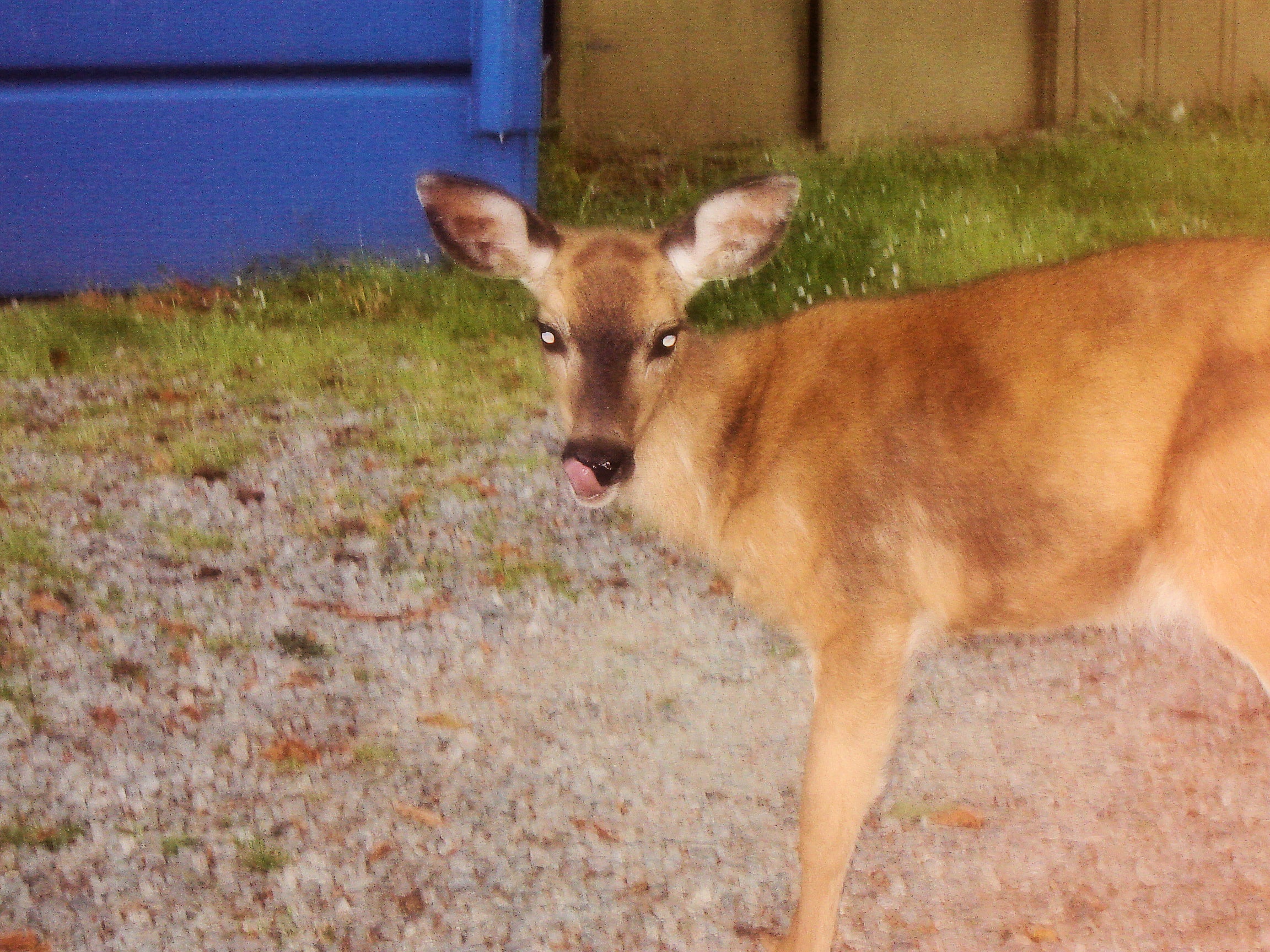
An example of a wasted opportunity. This photo could have been much better if a few easy techniques were followed.
This photo is a prime example of a good photo gone bad – the opportunity for a great wildlife photo was thrown out the window. It could have, however, been an excellent photo if just a few techniques were followed.
First, the photo is blurry. The cause of the blur is due to the camera’s zoom being used without first stabilizing the camera with a tripod. The more you zoom in with your digital camera, the more important it is to stabilize it.
Second, the camera’s flash was used, making the deer have the animal equivalent to red eye. If natural light was used instead, the eyes would look more natural. Check out these low-light photography tips to learn more about how to get some great photos without using your camera’s flash.
Lastly, the bright blue object in the background is distracting. The viewer will look at the deer and then their eyes will automatically look towards the bright colours within the photo, taking the focus away from what should be the main subject of the photo. Although shooting with a shallow depth of field wouldn’t eliminate the blue in the background, it would help keep the focus on the deer. Alternatively, photo editing software could be used to either convert the entire photo to black and white or to perform a technique called selective coloring where the background is black and white and just the deer is in color.
Capturing Personality

Try to capture the animal’s personality.
This photo is great in that it shows the personality of the dog. He’s dirty from playing and almost appears to be smiling. The photo also follows the rule of thirds. The problem with this photo is the distracting cars in the background. This can be corrected very easily by cropping it with photo editing software:
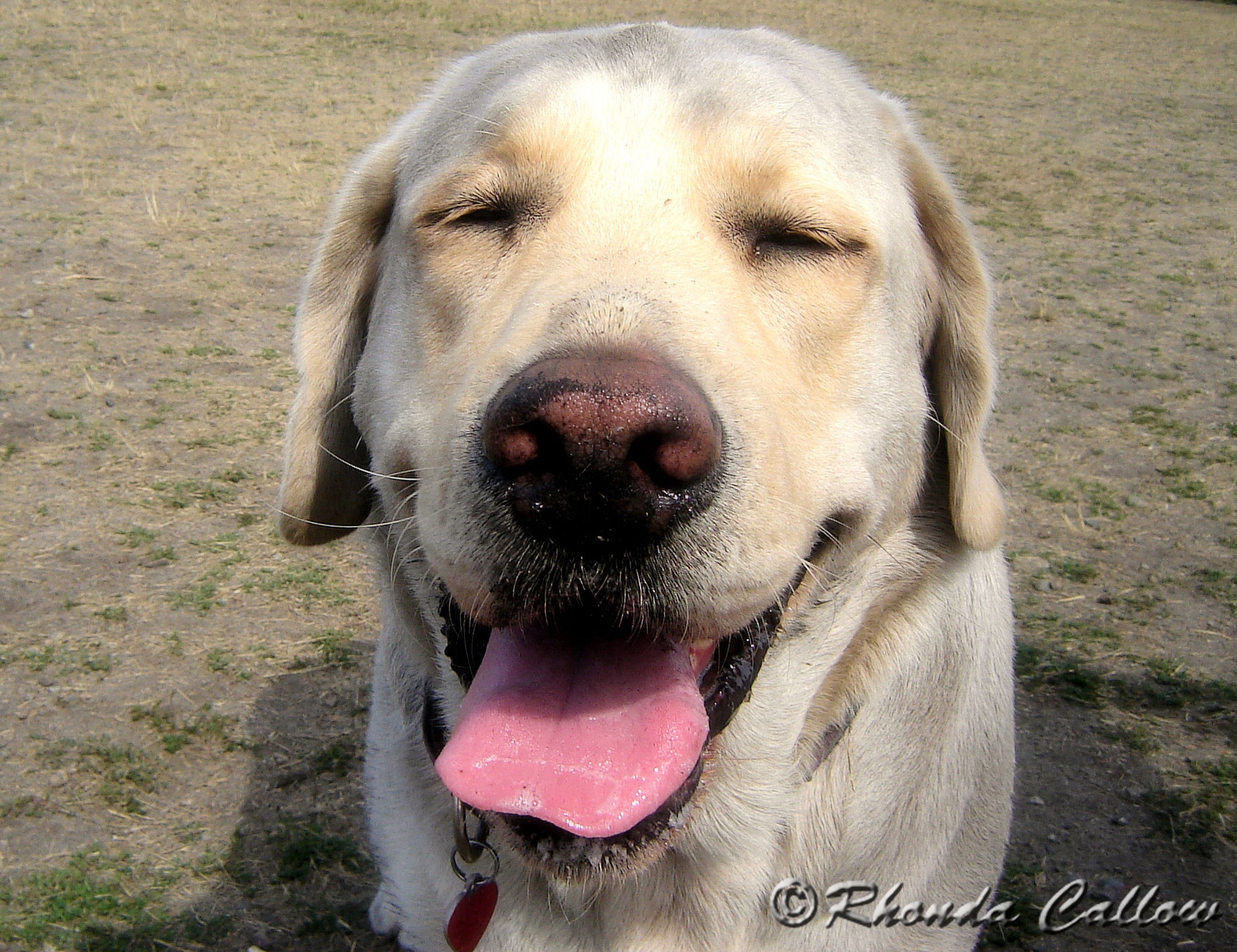
Crop your photo to remove distracting background objects.
Now the viewer’s eyes will stay on the dog and not wander towards the cars in the background. Note that when this photo was cropped, the rule of thirds no longer applies, proving that sometimes rules are meant to be broken.
Not Enough Contrast
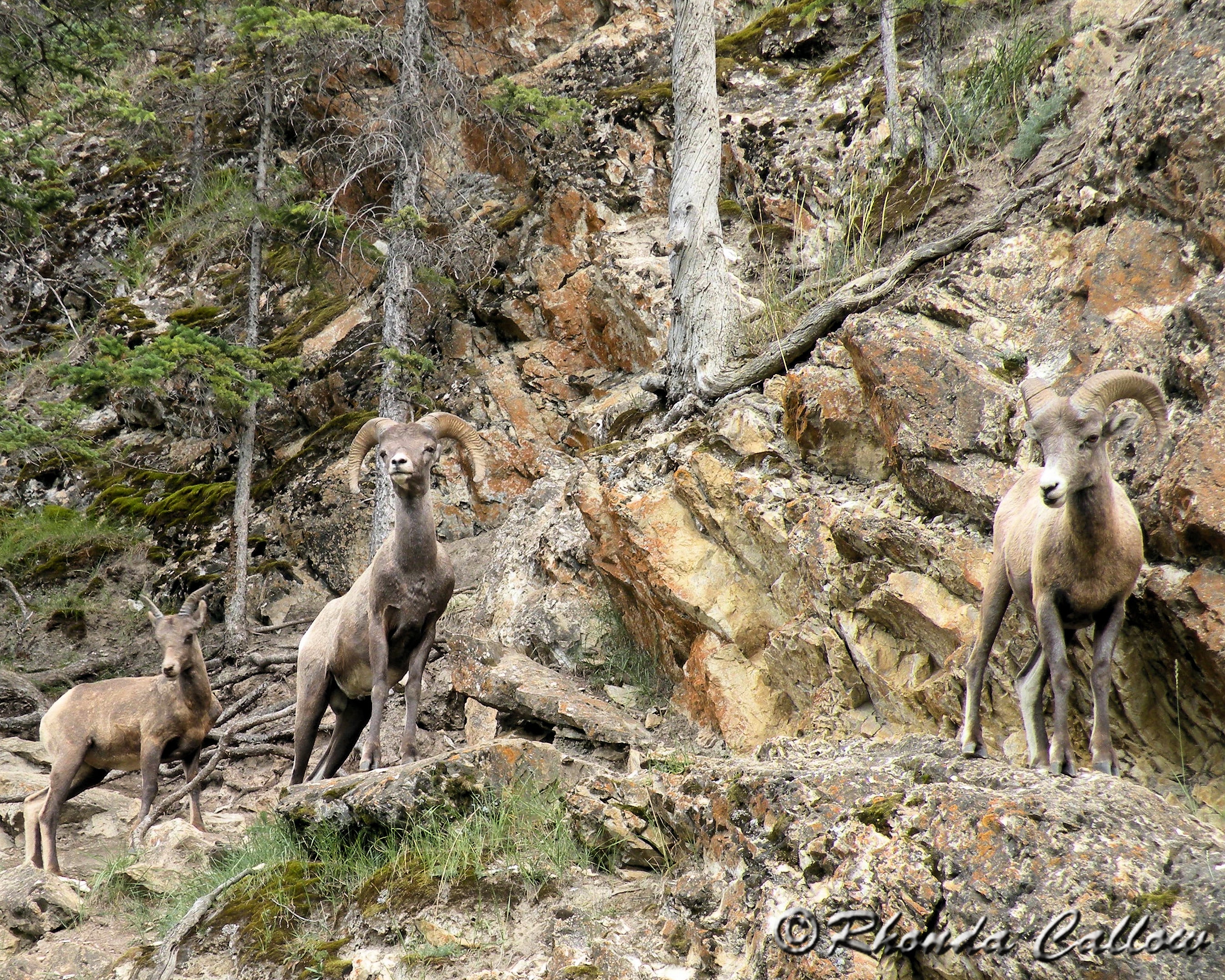
Try to include contrasting colors in your photos or, failing that, fill your frame with your subject.
Here is another wasted opportunity. The sheep in this picture blend in with the background, making them very difficult to see. The photo could have been improved if the image was composed with just one sheep filling the frame. Color contrast within a photo can make a large impact on the overall results of a photo, as you can see from the image below.

Color contrast can have a large impact on the overall results of a photo.
The yellow and light green in the birds’ feathers contrasts with the blue background, making the photo more interesting than the photo of the sheep shown above.
Same Image, Different Feel
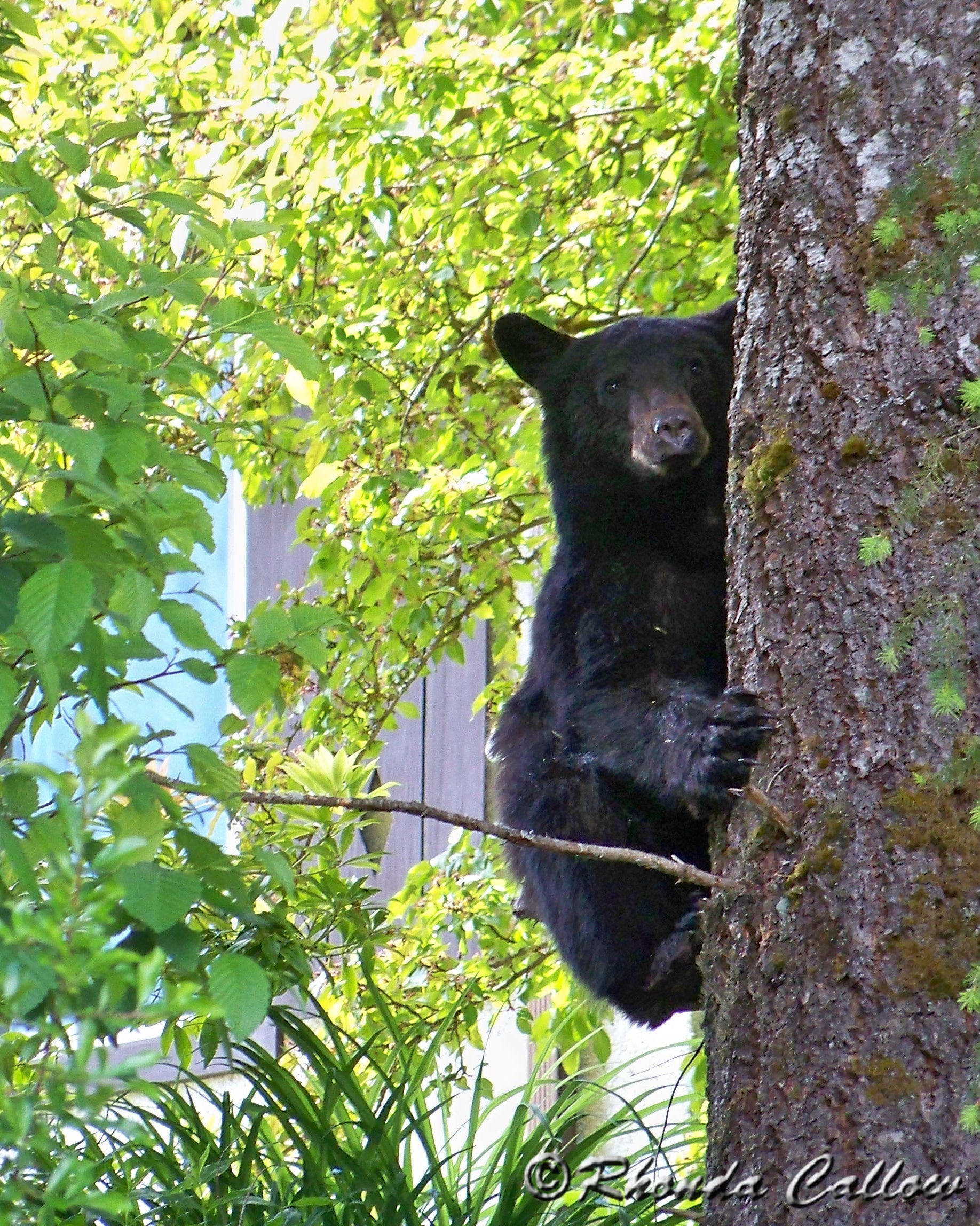
If you’re zooming in on your subject, make sure you stabilize your camera to avoid blurry photos.
Though it looks like this photo was taken quite close to the bear, it was actually shot from about 6 meters away (and with a fence between the photographer and the wild animal!). Even though a tripod wasn’t used, the camera was resting on the top of the fence, preventing camera shake when the shutter button was pressed. The rule of thirds applies to this photo and the bear’s black fur stands out from the green background. There is room for edits, however. Using photo editing software to convert the image to black and white and to crop the photo slightly, the picture is given an entirely different feel to it:

Converting a photo to black and white can give it an entirely different feel than the colored version of the same photo.
Did you know that if you upload your photo to Posterjack, you can easily convert your photo to black and white in a single click? It’s just one of several image effects available!
Work Your Angles
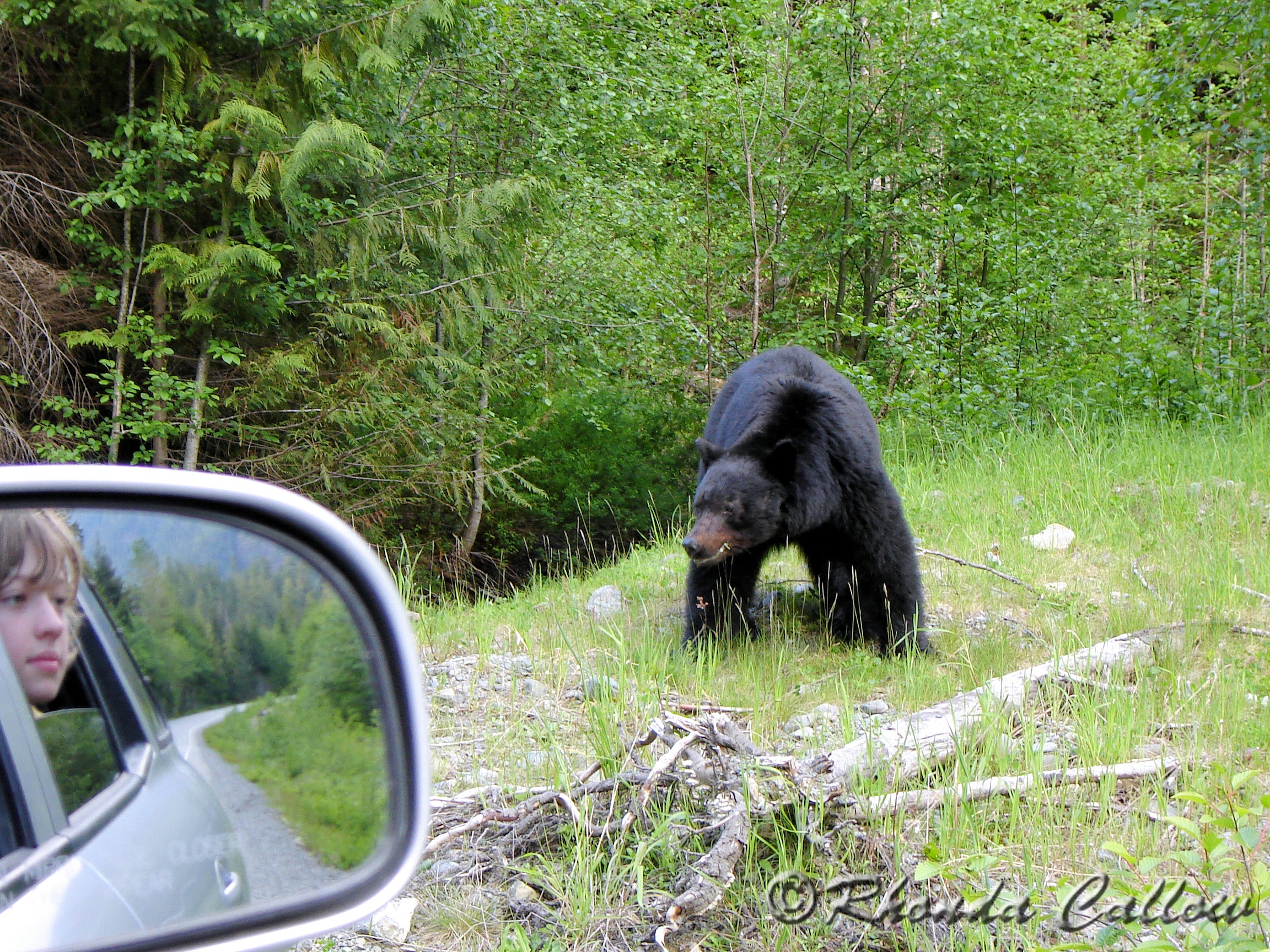
Being creative with your composition can open the door to unique photo opportunities.
Get creative and try different angles to capture great animal photos that wouldn’t otherwise be possible, such as in the image above. Without putting the child in danger, the photograph includes both a person and wild animal. The child was in the back seat of the vehicle and the bear on the side of the road. By positioning the camera in such a way, both subjects were included in the photo whilst keeping the child safe and the bear undisturbed.
Add Character, Keep It Candid
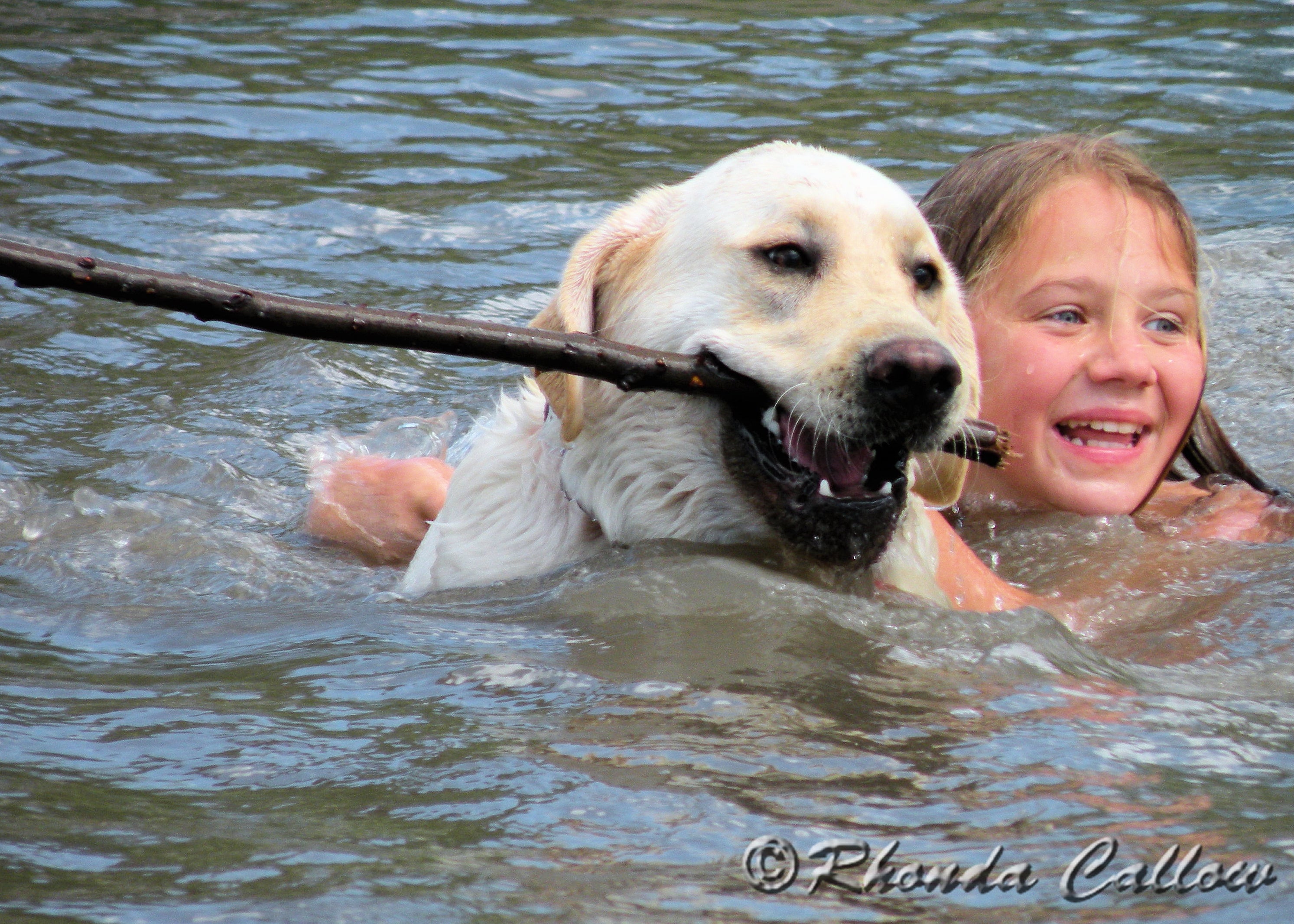
Capture the relationship between people and animals.
Including family and friends in your animal photos will help add character to your images. Candid shots, opposed to posed portraits, have a more natural feel to them as well.
Inject Some Humor

Animals are unpredictable, use that to your advantage!
Don’t forget to include humor to your animal photos when possible. As mentioned earlier, animals can be unpredictable and capturing that can result in a unique photo that you can be sure nobody else has.
Don’t Forget the Little Guys!
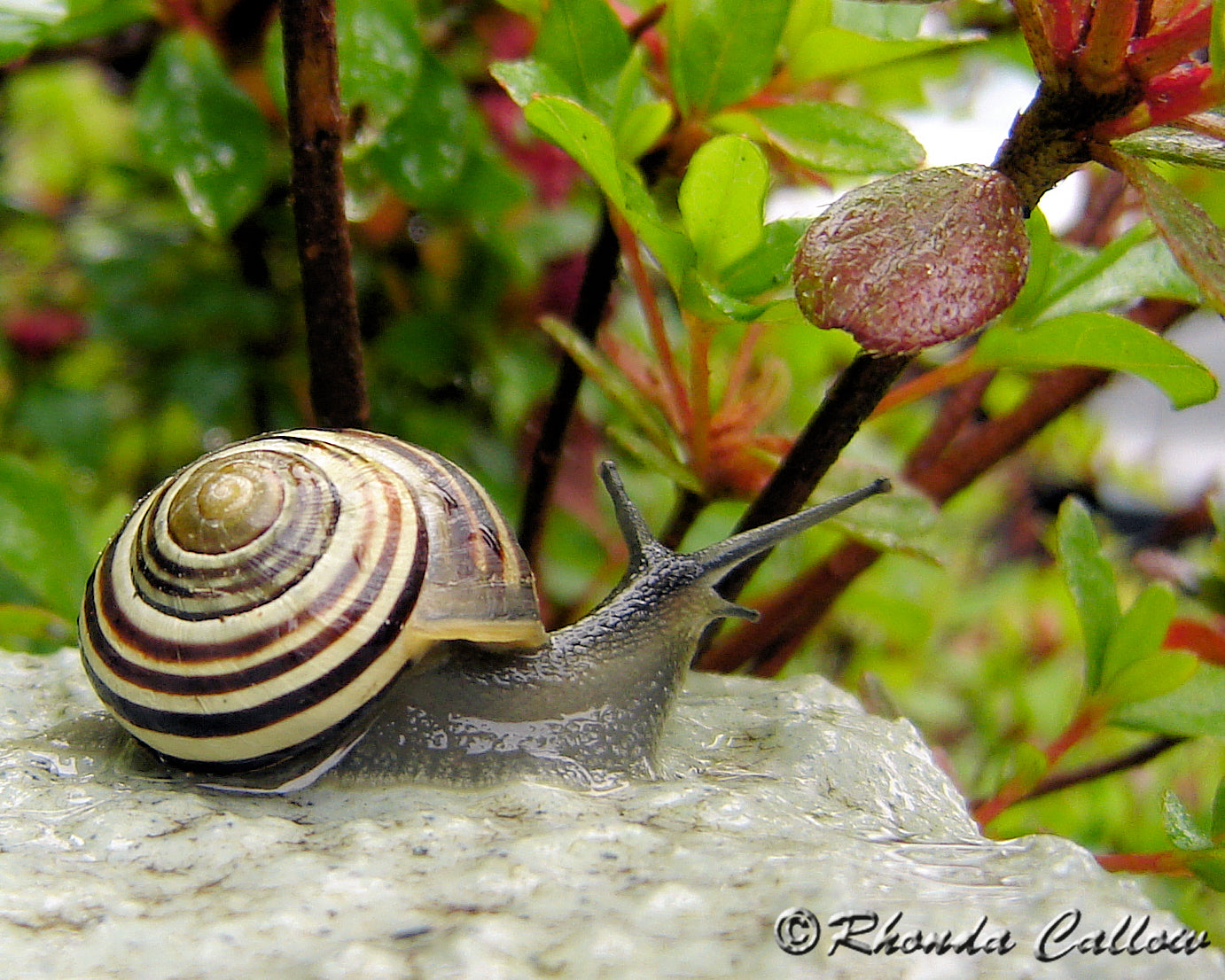
Use your camera’s macro mode to get some close-up shots of smaller animals and insects.
When you think of animal photography, images of large animals such as dogs, cats, deer, and bear probably come to mind, but don’t forget the little critters: snails, snakes, lizards, ladybugs, etc., all make wonderful subjects. Try using your digital camera’s macro mode to get some detailed close-up images of the creepy crawlies you find in your garden.
And Certainly Don’t Forget to Print Your Best Shots!
Whether or not you manage to master animal photography, you’re more than likely to get at least a few great shots. Digital cameras have come a long way over the years which, thankfully, makes it easier than ever to capture some decent-looking photos. When you do, don’t let them sit for eternity on your hard drive or smartphone, print them and show them off! Check out this overview of Posterjack photo art products to find the perfect medium for your favorite animal photos.
